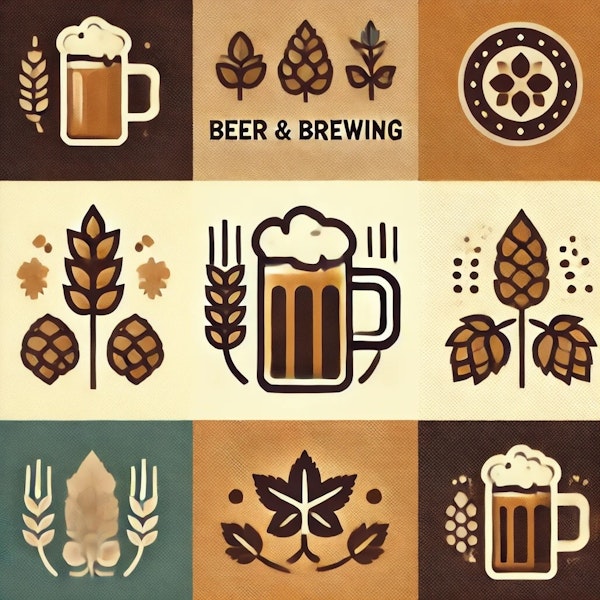
Overshadowed by the global fame of Belgian ale and lambic, pils is nevertheless the country’s most popular kind of beer—light, inexpensive, and available at every corner café. It’s also uniquely Belgian, with many independent breweries making distinctive versions worth seeking.
It was once indispensable to their refined character, but Brettanomyces is rarely involved with oak-aged barleywines these days—and that’s not all they’ve lost since the 1800s.
The world’s most influential beer style is also one of the most misunderstood outside its birth country. “Pilsner” took over the world, but the Czech source material is strikingly different and far more alluring.
Overshadowed by Belgian saison and French wine, the “keeping beers” of northernmost France are a product of local ingredients, unique history, and a taste for polite, approachable beers.
Whether “raw” and unboiled, bittered with hop tea, or made from a mash baked into crusty loaves, Lithuanian farmhouse ales represent a distinct tradition of comforting beers that can’t be found anywhere else.
Far from ordinary, the unassuming Kölsch is a unique beer with its own history and an identity firmly rooted in its city and rituals. Jeff Alworth has the story, with a fresh glass and a tick for your deckel.
The traditional white beer from Berlin has had many guises over the centuries, from simpler Lacto sours to fruit-packed smoothies, via enigmatic, mixed-fermentation constructions more closely aligned with its history.
Monkish hospitality and devotion gave way to modern commercialism over a few centuries, but this Bavarian product that evolved along the way still has the power to nourish and amaze.
A 20th-century invention made famous by monks, this strong but elegant ale of hospitality is built from the simplest of ingredients—yet it’s among the most challenging to brew well. Jeff Alworth explains its origins and context.
Inspired by tantalizing descriptions of cream ale from the early 20th century, this recipe combines ideas from both the pre- and post-Prohibition eras—including corn in the grist, dry hopping, and above-average strength.